Rising inflows boost Kariba power output

Sikhumbuzo Moyo, Senior Reporter
KARIBA Hydro-Power Station has increased its daily electricity generation output by 40 percent from 250 megawatts to 350 megawatts in response to the rising water inflows into Lake Kariba, the Zimbabwe Power Company (ZPC), has said.
It said as rains continue to pound the Zambezi River basin, hopes are high that the improvement in water levels will allow the giant hydro-power station to generate more power in line with its installed capacity. This, the power company said, will ease the strain and complement Hwange-Thermal Station, which is prone to constant breakdown due to ageing equipment.
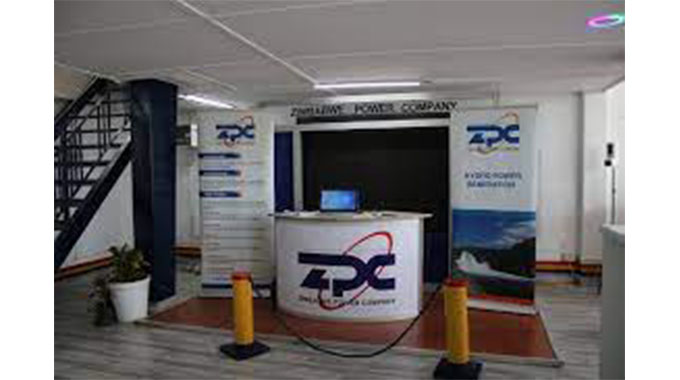
Zimbabwe Power Company (ZPC)
The jump in output at Kariba has huge significance for the country at a time when the demand for electricity at home and across Southern Africa is high.
“Kariba South Power Station has increased its average generation from 250MW to 350MW following an improvement in water inflows into Lake Kariba,” said ZPC in a brief update yesterday.
In its daily generation report, the power utility also indicated that overall output was now hovering around 750 megawatts from around 600 megawatts a month ago, with Hwange Thermal Power Station producing around 380 megawatts. Smaller thermal stations remain the weak link due to obsolete equipment with Bulawayo and Harare at zero while Munyati is generating 17 megawatts.

Eng Pherry Mwiinga
The positive growth in the economy under the Second Republic has resulted in increased demand for power forcing the country to import to cover the deficit. Output from Kariba Power Station, which averaged above 700 megawatts and anchored domestic supplies for the better part of 2022, was abruptly reduced to below 300 megawatts in November when water levels dwindled to unsustainable levels – plunging the country into a serious supply gap.
However, a latest update from the Zambezi River Authority (ZRA), which manages water at Kariba on behalf of Zimbabwe and Zambia, indicates that water levels at the lake are steadily increasing each day, and now stand at 476,7 metres, up from 476,53 at the end of last month, resulting in actual water storage increasing to 5,3 billion cubic metres as of Monday this week.
“Reading indicates that the level has gone up to 476,7m up from 476,53m on January 30 and indications are that the water at the lake is still rising at a rate of about two centimetres per day,” said ZRA hydrologist, Engineer Pherry Mwiinga.
“This development has seen the reservoir storage increasing to about 5,3 billion cubic metres. In terms of the inflows the mainstream Zambezi is also doing very well with the inflows expected to rise steadily into March 2023 and we expect these conditions to continue improving especially when indications are that rainfall activities are positive,” he said.
“The lake levels are expected to continue rising until June or July.”
Before the forced reduction of power generation as a result of dwindling water levels at the lake in November last year, the Kariba plant was generating 572 megawatts although at maximum capacity it used to produce 1,050 megawatts.
Last year ZRA ordered Zesa to shut down the station until early this year after it exceeded its water ration with just 63cm of water above the intake level at the lake remaining after it used 23, 89 billion cubic metres of water, which was 1,39 billion cubic metres more than its allocated 22,50 billion cubic metres for the year 2022.
The Government, however, said the station will not completely shut down but instead would continue generating the minimal power that it was able to.
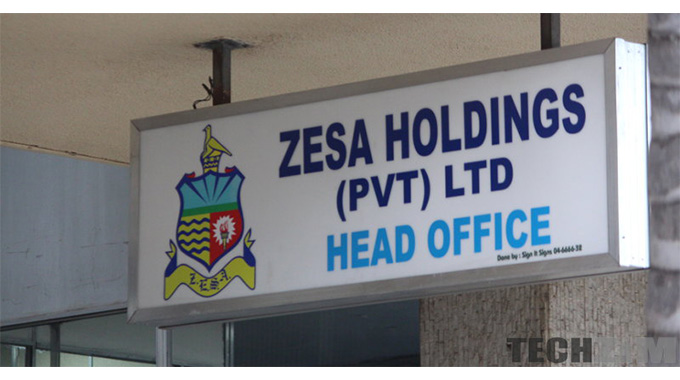
Zesa
The country is set for a major electricity generation boost when the Hwange Power Station units 7 and 8 upgrade is completed this year, which will see the station being boosted with 600MW capacity under a US$1,4 billion investment.
The expansion project which started in August 2018 is being implemented simultaneously with the transmission infrastructure upgrade as well as the Deka water pipeline upgrade which is now about 85 percent complete.
“The Deka upgrade involves pipe laying and fitting, construction of the gravel access road along the pipeline and excavation of the pipeline trench. The pipeline project is critical to enhancing operationalization of the Hwange Thermal Power Station,” said the power utility last week.
Early this year President Mnangagwa said power challenges will be dramatically reduced as his Government was working on the ‘best and reliable’ power supply.
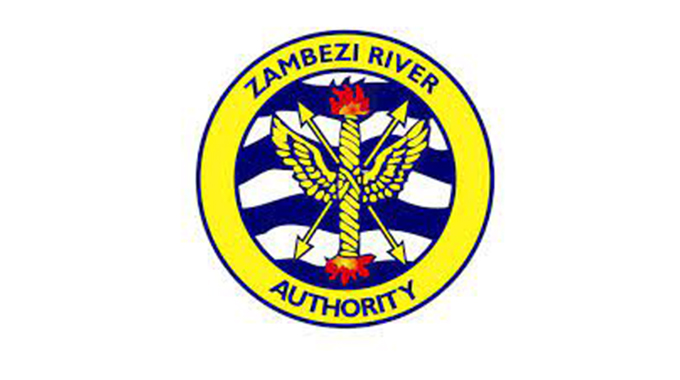
Zambezi River Authority
He said the upgrading and expansion of Hwange Thermal Power Station was one of the clear testimonies that the future of the country’s power situation was bright.
Unit 7 has already been completed with the generation systems tested and accepted with the only thing holding connecting it to the national grid being the need for engineers to finalise works on the protection system.
The unit will add 300 megawatts to the national grid while Unit 8, with the same energy-generating capacity, is set to come online later this year.
After the two units are commissioned, Zesa will embark on another project of rehabilitating the existing six units that were commissioned in the 1980s to restore their capacity to 980 megawatts. At the moment they operate at half the capacity.
-@skhumoyo2000.



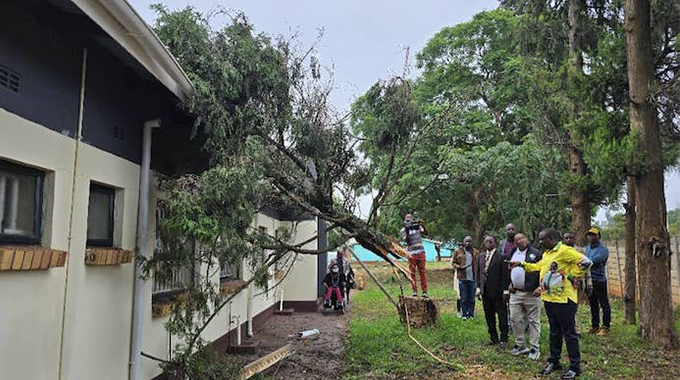

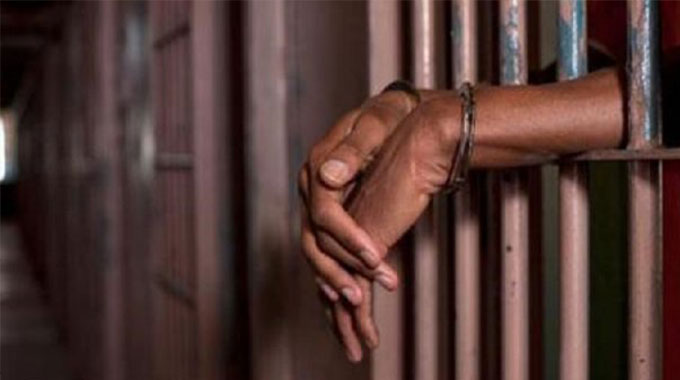






Comments